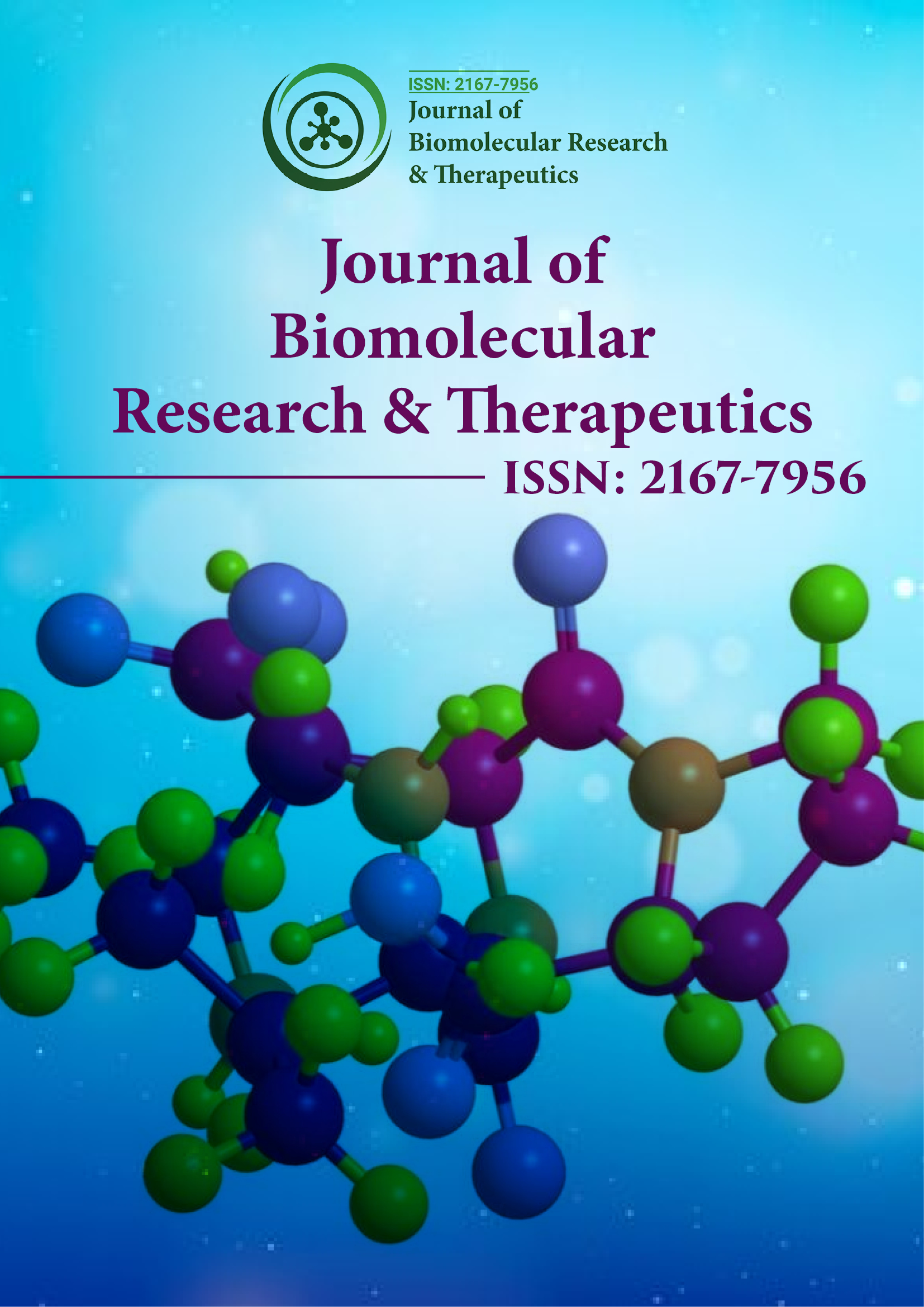索引于
- 打开 J 门
- Genamics 期刊搜索
- 研究圣经
- 电子期刊图书馆
- 参考搜索
- 哈姆达大学
- 亚利桑那州EBSCO
- OCLC-WorldCat
- SWB 在线目录
- 虚拟生物学图书馆 (vifabio)
- 普布隆斯
- 欧洲酒吧
- 谷歌学术
分享此页面
期刊传单

抽象的
草药驱蚊纳米贴剂的改进
PD朱亚尔
蚊子是人类最令人讨厌的吸血昆虫之一。按蚊属、库蚊属和伊蚊属的几种蚊子是各种疾病病原体的传播媒介,如登革热、疟疾、黄热病、日本脑炎和其他几种感染。仅蚊子每年就向全球 7 亿多人传播疾病,报告死亡人数超过 100 万。因此,控制蚊子是全球重要的公共卫生问题。据报道,市场上大多数驱蚊产品和设备对人类有害,因此本研究的目的是开发有效的植物驱蚊产品。
伊蚊、按蚊和库蚊等蚊子对公众健康构成严重威胁,因为它们是各种原生动物、病毒和细菌的已知载体,可导致许多危及生命的疾病,如疟疾、丝虫病、黄热病、日本脑炎、基孔肯雅病和登革热。这些媒介被视为发展中国家特别是热带地区社会经济发展的主要障碍。尽管近年来为控制媒介传播疾病做出了巨大努力,但仅疟疾每年就造成 2.5 亿例病例和 80 万人死亡,其中 85% 为五岁以下儿童(WHO,2010 年)。因此,预防蚊虫可能比治疗媒介传播疾病更有效。因此,强烈建议在暴露的皮肤区域使用驱蚊剂。驱虫剂通常通过提供蒸汽屏障来阻止节肢动物与皮肤表面接触。大部分商用驱蚊剂都是使用不可生物降解的合成化学品制成的,例如 N,N-二乙基-3-甲基苯甲酰亚胺 (DEET)、邻苯二甲酸二甲酯 (DMP) 和丙烯菊酯,这可能导致它们更多地暴露在环境中,从而产生不可接受的健康风险。随着人们对公共安全的日益关注,人们对使用植物来源的天然产品的兴趣重新燃起,因为天然产品有效、环保、可生物降解、价格低廉且易于获取。
Currently, the US Environmental Protection Agency (US-EPA) has registered citronella, lemon, and eucalyptus oil as insect repellents due to their relatively low toxicity, high efficacy, and customer satisfaction. These are effective in the concentration range of 0.05% to 15% (w/v) alone or in combination with other natural or commercial insect repellents. Citronella oil does repel mosquitoes and is required in its large amount to be effective due to the rapid volatility (evaporates too quickly from surfaces to which it is applied) and, hence, it would be unsafe for topical application because of its irritant nature (in the said concentration range). Formulating cream may ensure the avoidance of direct contact of the oil to skin and diminish the volatility, which would lead to the effective and safe (nonirritant) delivery of the oil for longer duration.
In-process quality control (IPQC) is a crucial phase in the manufacture of mosquito repellents. Some specific tests are performed at various time points in the manufacturing process to ensure that the finished products are consistent from run to run, remain effective over a long period, and are safe to use. Initially, raw materials are checked to ensure whether they meet the previously set specifications or not. Consequently, formulation of interest is tested on the basis of pH, specific gravity, and moisture content . As far as development of cream (a semisolid formulation) is concerned, other unambiguous quality control parameter like texture profile need to be addressed appropriately in order to improve the stability, elegancy, and, hence user acceptance more deliberately.
Mechanism:
The Nanopatch is designed to deposit vaccine antigens just under the surface of the skin, amongst the dense populations of immune cells. This enables the antigens to be efficiently and effectively trafficked to lymph nodes for processing. In a wide range of animal models we’ve shown that as little as 1/10 – 1/100 of a dose of vaccine delivered this way can produce an immune response equivalent to a full dose by needle/syringe. We’re exploring this effect in humans in current clinical studies. In addition to this, vaccines coated onto the Nanopatch are in a dry format and can be engineered to be stable outside of cold-chain – a huge potential win for developing and emerging markets.
An insect repellent is a substance applied to skin, clothing, or other surfaces which discourages insects from landing or climbing on that surface. Insect repellents help prevent and control the outbreak of insect-borne diseases such as malaria, Lyme disease, dengue fever, bubonic plague, river blindness and West Nile fever. Pest animals commonly serving as vectors for disease include insects such as flea, fly, and mosquito; and the arachnid tick.
有些驱虫剂是杀虫剂,但大多数只是吓跑昆虫,让它们飞走或爬走。几乎所有驱虫剂在大剂量下都可能杀死昆虫,且没有缓解作用,但被归类为杀虫剂意味着即使剂量较低也会死亡。
结果:
人们做出了相当大的努力来推广使用环保且可生物降解的天然杀虫剂和驱虫剂,特别是来自植物来源的杀虫剂和驱虫剂。然而,这些产品的主要缺点是效果时间有限。本领域需要一种安全、经济高效且高效的载体/吸收剂组合物,用于控制芳香物质(例如精油或精油组合)的释放时间。
驱蚊作用归因于一种或多种精油混合物,包括桉树油、香茅油、天竺葵油、迷迭香油、柠檬草油和印度楝油。由此产生的纳米贴片具有增强的表面体积比、高孔隙率、众多活性位点和可控的封装油释放。开发的纳米贴片用作精油的基质,封装在穿孔的背衬中,并配有防粘衬,以保护挥发性成分免受外部环境的影响。由此产生的贴片提供了一种有效的个人防护手段,可防止飞虫侵扰,儿童使用安全。